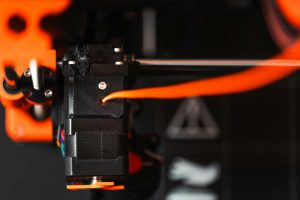GPT-5 hate was overblown and looks like people are starting to agree.
Reevaluating the Reception of GPT-5: A Closer Look at Its Capabilities
When OpenAI announced GPT-5, the initial response across many platforms was largely underwhelmed. The prevailing sentiment was that the upgrade was merely incremental, with many perceiving it as a minor step rather than a groundbreaking advancement. This skepticism was understandable, given the pattern of incremental updates in AI development and the high expectations surrounding the latest release.
However, as professionals and developers began to scrutinize GPT-5’s performance more thoroughly—particularly in tasks critical for building sophisticated AI agents—the narrative has started to shift. Empirical testing reveals that GPT-5 demonstrates substantial improvements in key areas such as instruction adherence, tool integration, and complex reasoning.
Direct Comparisons Highlight Meaningful Advances
In a series of head-to-head evaluations between GPT-4.1 and GPT-5, noticeable differences emerged:
-
Enhanced UI Integration: GPT-5 exhibits superior proficiency in utilizing user interface components, streamlining the development of interactive applications. This capability is especially valuable for teams working on dynamic, user-focused platforms.
-
Improved Self-Explanations: The model’s ability to articulate its reasoning and output clearly is markedly better in GPT-5. For sectors like education technology and knowledge management, this transparency is crucial for fostering trust and understanding.
-
Response Speed and Conciseness: Despite the advancements, GPT-4.1 maintains advantages in speed and brevity. Its faster, more concise responses make it well-suited for applications where latency and succinct communication are priorities.
Conclusion
Initial skepticism about GPT-5 appears to have been somewhat overstated. As more in-depth assessments are conducted, it’s clear that GPT-5 delivers meaningful improvements that can significantly impact AI-driven solutions. While it may not fully replace GPT-4.1 in all scenarios, especially those requiring rapid responses, it offers valuable advancements in instruction following and tool integration that can elevate the capabilities of AI applications.
For those interested in a detailed performance breakdown, more structured notes and comparisons are available [here: GPT-5 vs GPT-4.1].
Ultimately, the discourse surrounding GPT-5 seems to be shifting from dismissiveness to recognition of its actual contributions—an evolution that aligns with the ongoing maturation of AI technology.














Post Comment